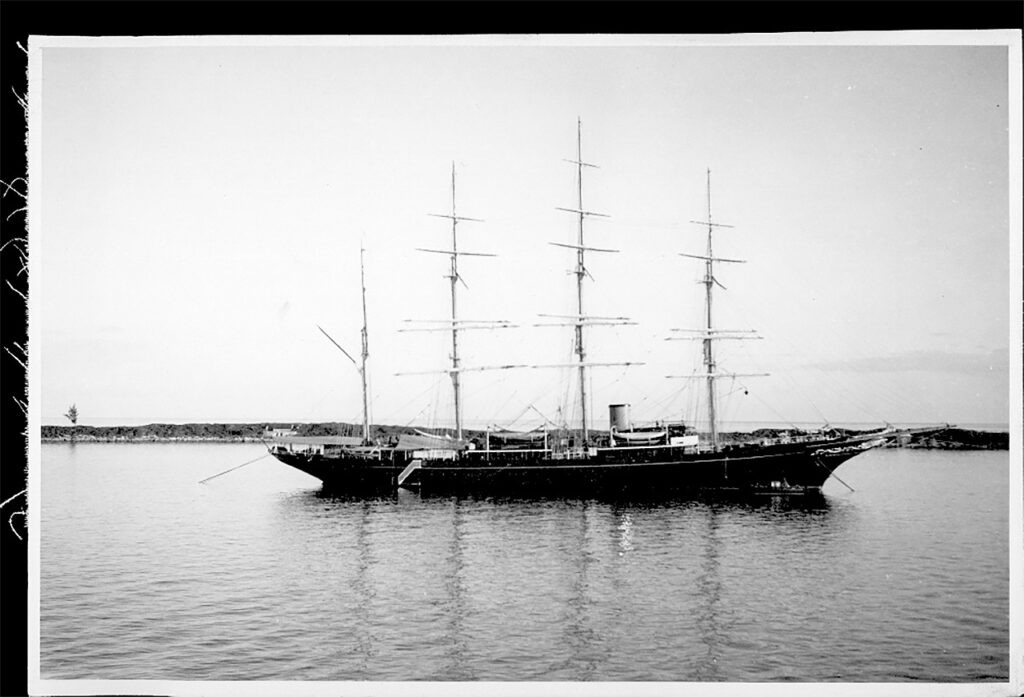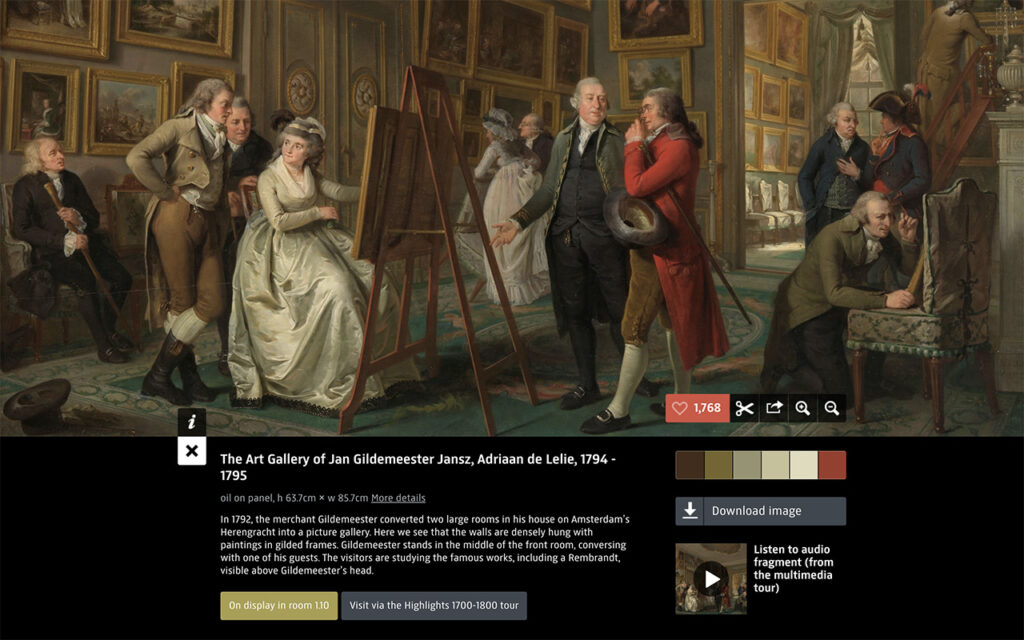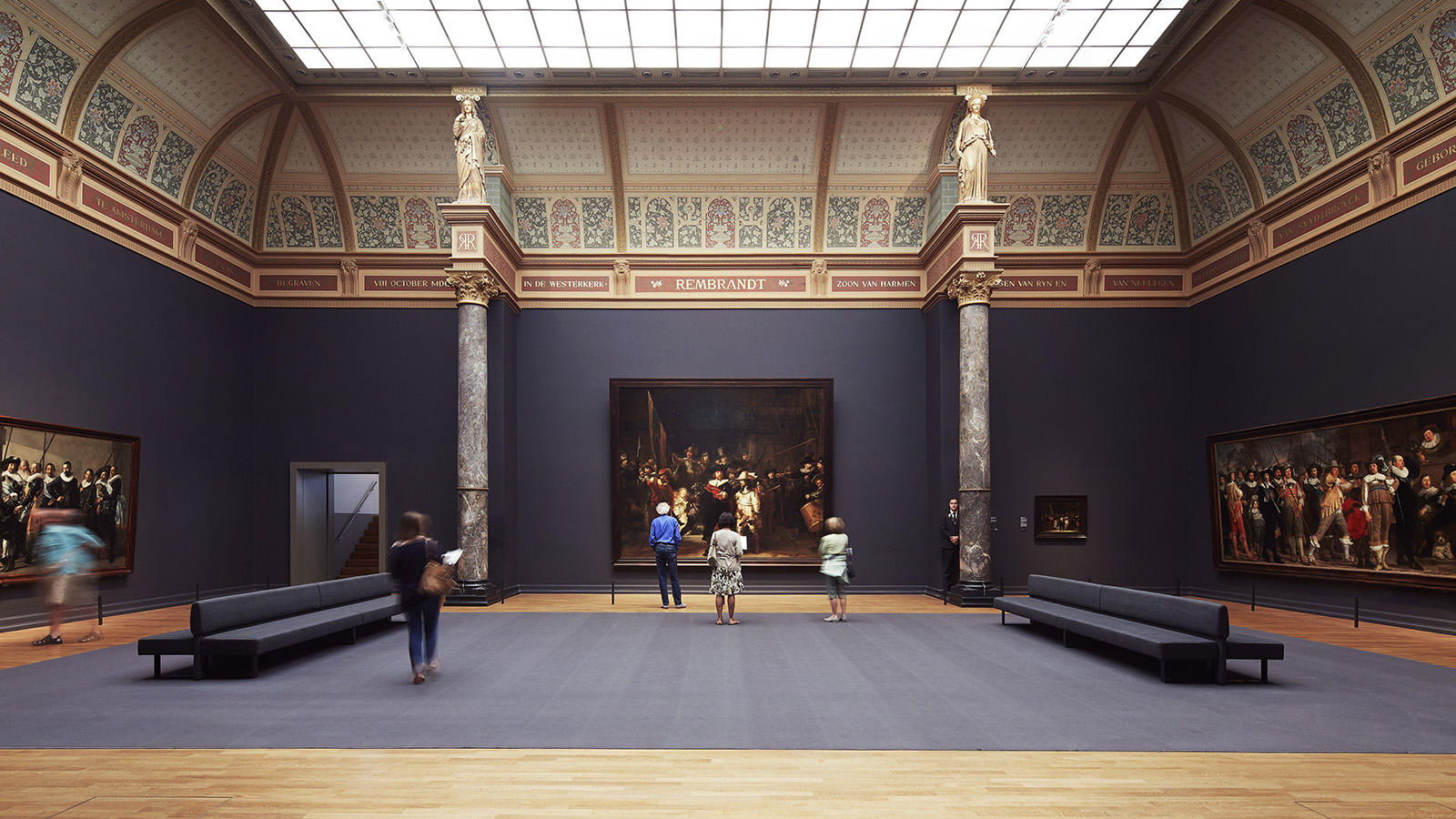On February 2 and 3, Henry Stewart Events convened the second edition of DAM and Museums and Heritage Collections Management 2022, co-located conferences that explored the role of digital asset management (DAM) systems in supporting the cultural sector today. And there was much to delve into, as the past two years have only underscored the importance of a robust digital infrastructure for cultural organizations to carry on fulfilling their missions.
At both events, speakers from cultural and heritage organizations ranging from the Metropolitan Museum of Art to the Mote Marine Laboratory & Aquarium offered vital reflections and insights into the application of DAMs — namely how these systems can best function to serve an institution’s staff and meet its goals. A DAM, after all, is more than its technological parts. Here are takeaways from the conferences that spotlight the adoption, implementation, and diversification of the DAM through four case studies.
Inviting users along the DAM journey

Adopting and implementing a DAM should go along with ongoing user engagement to ensure the system is being understood and used to its full potential. Image: A 1948 photograph of Bermuda from Ingenium’s CN Images of Canada Collection
Stakeholder buy-in goes before any DAM — a point that Mote Marine Laboratory & Aquarium took a few years ago as it embarked on a unified DAM that could support the organization across its five locations in Florida. Prior to adoption, staff members from various departments were canvassed to find out how they produced, shared, and accessed assets. Some 17 meetings were conducted, said Alexis Crabtree, Manager of Visual Engagement, “not as a vehicle for pitching our top choice software, but as a way to expand our awareness of the status quo and encourage engagement from our coworkers.” This feedback didn’t just prove invaluable in the pitch to the higher-ups, but influenced Mote’s eventual choice of software and how that system was configured.
The work of user engagement, though, continues long after an institution implements its DAM. Case in point: Ingenium — Canada’s Museums of Science and Innovation rolled out its system in 2016 alongside a user outreach program “to meet the needs of access, discoverability, rights, and risk management,” said Digital Content Officer, Kristy von Moos. The program has seen DAM training integrated into employee onboarding, the creation of videos and written manuals that offer help with the system, and ongoing meetings and workshops to ensure the DAM remains relevant to users’ needs. “If your users can’t find what they need, they’ll revert to old habits,” noted von Moos. “Make sure you keep working on both the system and your communications around it.”
Diversifying the DAM

“For us, it’s much more about making sure the marginalized stories within our collections are visible rather than just using open access for that,” said Safina Islam of the AIU RACE Centre. Image: Selections from AIU RACE’s Moss Side Carnival digital collection
Amid discussions surrounding the project of digitization, Safina Islam, Head of the Ahmed Iqbal Ullah Race Archives and Community Engagement Centre (AIU RACE) at the University of Manchester Library, offered the counterintuitive point that these conversations should “not start the default with everything needs to be digitized.” Rather than rush into open access, as custodian of a physical and digital archive documenting race relations and the experiences of ethnically diverse communities in the UK, she emphasizes care and “responsibility around making sure that the material we put out there is appropriate.”
For AIU RACE, digitization and DAMs mean challenging language concepts and historic descriptions, and untangling copyright and permissions surrounding complex and sensitive material, particularly oral histories and images related to racism. Some of these documents, Islam pointed out, have been contributed by community members who expect civic responsibility of the institution. While the center has released its more difficult content as excerpts or with time limits to ensure marginalized stories remain visible, the job of balancing sensitivity and respect with open access, said Islam, is “never done.”
DAM as an ongoing facilitator

For its upcoming DAM, noted Cécile van der Harten, “We have shifted from supplier to facilitator.” Image: Adriaan de Lelie, “The Art Gallery of Jan Gildemeester Jansz,” 1794 – 1795, Rijkstudio
Rijksmuseum might have been an early DAM adopter, having implemented its system in 2007, but as an organization now hosting almost 1.8 million high-resolution digital assets, it has quickly outgrown its existing DAM. What’s also changed: user expectations. “They are looking for a better user experience, a better metadata structure, and a clearer integration between the different systems used in the museum,” said Cécile van der Harten, Head of the Image Department. This new demand has likewise prompted a shift in how the DAM might serve the institution; per van der Harten, “We have shifted from supplier to facilitator.”
Since lockdowns commenced, the Dutch institution has been laying the groundwork for its future DAM by finding out from staff members how the system might best facilitate their work. From these user sessions were built out user scenarios and the scope of the DAM — factors that will influence the selection of software. The takeaway? The DAM should live and evolve with users’ wants and needs, said van de Harten. “Going into it with the idea of solving a problem might cause you to lose focus on the bigger picture and lead you to believe that when the problem is solved, you’re finished, which obviously isn’t true. A DAM is an ongoing process, not a project with a defined end.”



